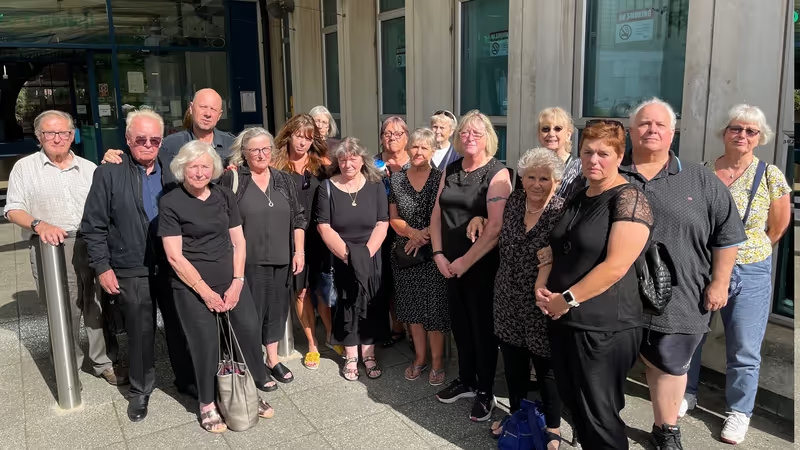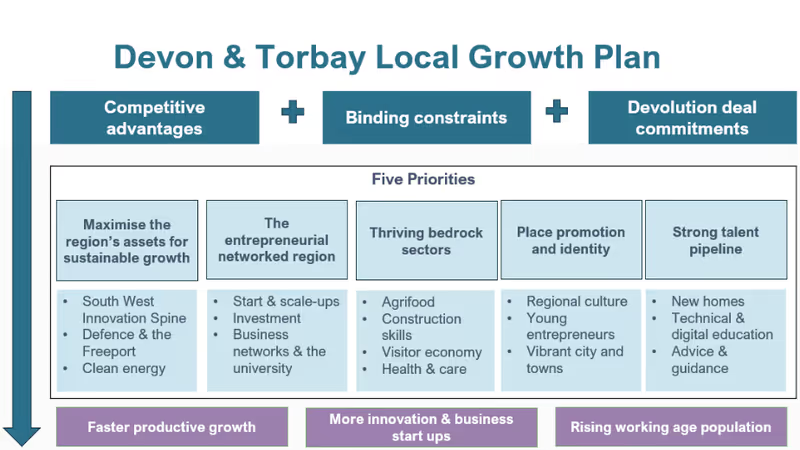Department for Transport statistics derived from the authoritative national travel and active lives surveys have revealed falling regular Exeter walking and cycling rates.
While leisure walking rates have increased, decreases in walking for non-leisure purposes and falling cycling rates for all but the most occasional journeys mean an overall decline in regular active travel among Exeter residents has taken place.
Regular cycling rates have fallen most of all. Between 2017 and last year the proportions of Exeter adults who cycled at least three times per week for leisure and non-leisure purposes each fell by more than two thirds.
The proportion who cycled at least three times per week for any purpose fell 63%.
Over the same period the proportion who cycled at least five times per week for non-leisure purposes, a travel pattern associated with cycling to and from the workplace, fell by 65%.
The proportion cycling at least five times per week for leisure purposes fell by more than 90% to just 0.3%.
Leisure walking rates in the city broadly increased during the five years to the end of 2021. But non-leisure walking rates fell at all surveyed frequencies over the same period.
The proportion who walked at least five times per week for non-leisure purposes more than halved to 14%.
When the survey figures are combined into overall walking and cycling rates for any purpose, the increase in leisure walking rates does not mask the overall decline in regular active travel rates among Exeter residents.
The Department for Transport derives these figures from its National Travel Survey, which is the primary source of such data and is designed to inform policy development, and the Sport England Active Lives Survey, which gathers adult physical activity data.
The surveys, which use weighted sampling techniques to make them more representative, both distinguish leisure travel, for the purpose of health, recreation, training or competition, from non-leisure travel undertaken to get from place to place.
Journeys must take more than ten minutes to count as walking but all cycle journeys are included in the statistics, however brief.
Related Department for Transport statistics show increases in the proportion of people in England who agree that it is too dangerous to cycle on the road.
They show that while the proportion of cyclists who think cycling on the road is too dangerous has risen, it remains significantly lower than the proportion of non-cyclists who agree, suggesting that the key to increasing cycling rates is addressing safety concerns.
This finding has been reinforced, particularly among women, in numerous studies performed over many years.
 Pedestrians on Queen Street
Pedestrians on Queen Street
Despite the decline in walking and cycling rates among Exeter’s residents, Devon County Council intends to remove the active travel infrastructure it introduced in Queen Street in 2021 even though it says the scheme has increased road safety and cycling rates.
It plans to reintroduce two-way motor vehicle traffic between Paul Street and Northernhay Street, reduce pedestrian capacity and remove the cycle lane altogether.
Its justification is the cost it would incur if it followed through on the decision it took in January to make the current temporary arrangements permanent, but removing the existing infrastructure would cost more than leaving it in place.
The contradictions don’t end there.
When it consulted the public on the current Exeter Transport Strategy in 2020 the county council said that 70% “supported the rededication of highway space for pedestrians and cyclists in the city centre”.
The recently-published Devon Carbon Plan, for which it is also responsible, says “there are significant benefits to reallocating road space to active travel”, a proposition which it says was “supported by 74% of the Devon Climate Assembly”.
And the Devon Carbon Plan, despite hedging several transport policies with qualifiers such as “where possible” and “where appropriate”, unambiguously states that the county council will “reallocate road capacity to sustainable modes”.
 Pedestrians waiting to cross Paul Street
Pedestrians waiting to cross Paul Street
Exeter City Council’s position on this principle is more equivocal. Both Exeter City Futures’ discredited Net Zero Exeter plan and the council’s outline draft local plan present their active travel proposals through the lens of the “reduced dominance of cars”.
The county council’s Queen Street decision exposes the weakness of this frame as a policy aim.
Because the reopened westbound carriageway will be restricted to buses and taxis – whether delivery lorries will also be allowed to go that way isn’t yet clear – the county can say that removing the cycle lanes, reducing the footway width and reintroducing two-way motor vehicle traffic is consistent with the city’s climate goals.
Exeter Cycling Campaign’s response to the planned changes skewers the chicanery: “We cannot keep trumpeting our ‘50% active travel’ target whilst at the same time enabling an increase in car dominance.”
The active travel target, which is set at national level by the government’s transport decarbonisation plan, is for half of all journeys in towns and cities to be walked or cycled by 2050.
According to the university’s analysis of Exeter’s transport emissions trajectory, this equates to “22% of journeys split evenly between cycling and walking, a target of 11% for each”.
Achieving this by 2030, the city’s ostensible decarbonisation deadline, would require both walking and cycling levels to increase to more than nine times their current levels in the next seven years.
UPDATE: This story previously included a photograph of a cyclist using the temporary Queen Street active travel infrastructure. A reader has since observed that this section of roadway is intended for walking, as per the county council decision to introduce it, not cycling.
Accordingly, the original image was replaced with a photograph of pedestrians using the temporary Queen Street active travel infrastructure.
Another reader subsequently pointed out that signs fixed to the boundary planters say “cyclists give way to pedestrians”, misleadingly indicating that pedestrians may be expected to share the infrastructure with cyclists despite its footway-widening purpose.








